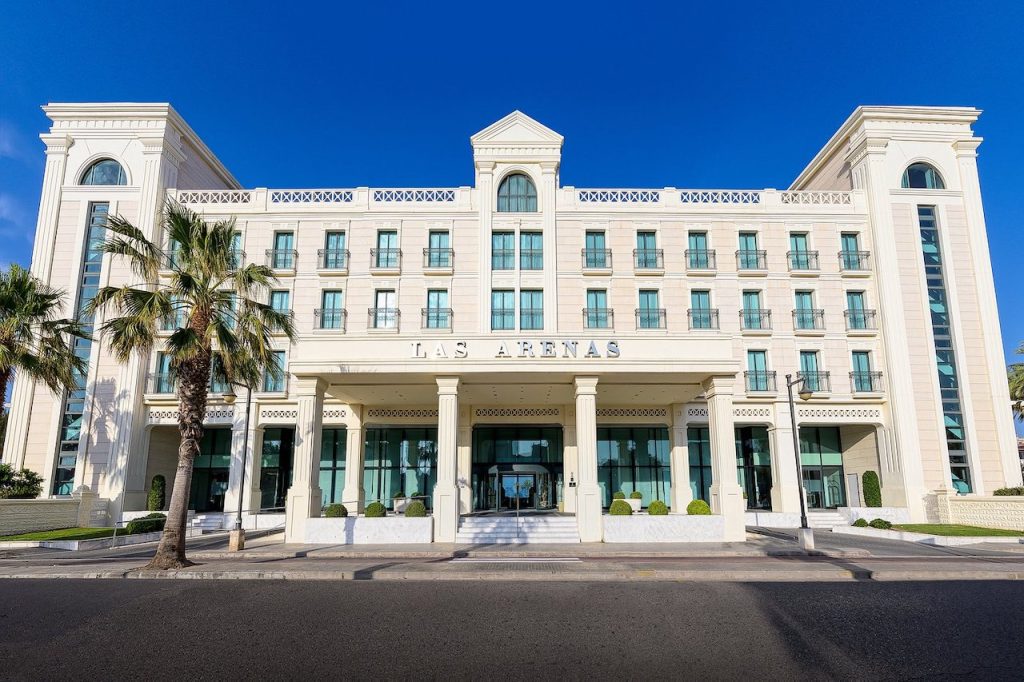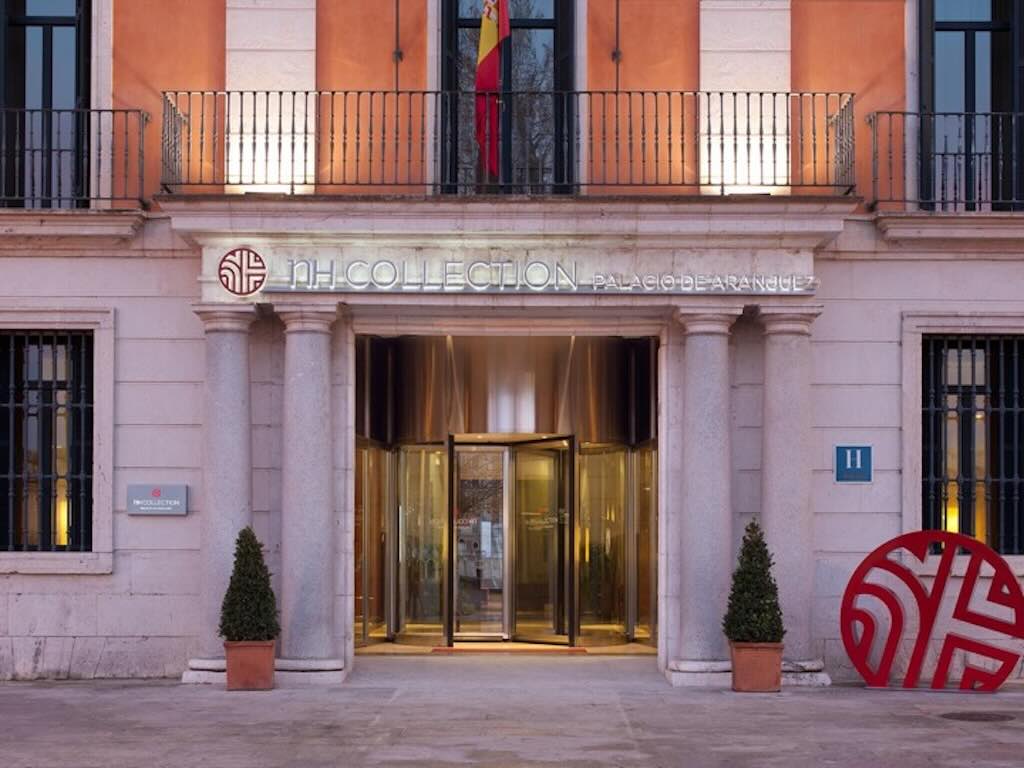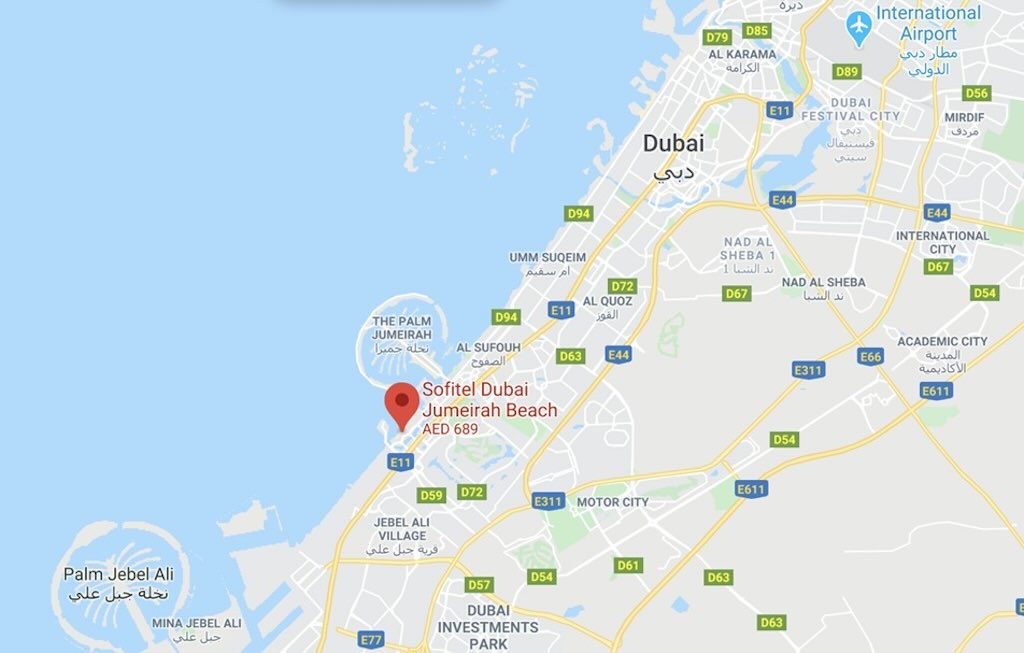In the specialised press there are constant references to different types of credit cards (Premium, Elite, Reward, Gold, etc.), and different types of loyalty programmes including “cash-back reward programmes” and frequent-flyer programmes for air travel (Miles & More, ….).
All this is designed to look attractive, in particular for those with a good level of disposable income, and a desire (or obligation) to fly relatively frequently.
My question is just how useful are these “reward programme” type frequent-flyer credit cards? And my example will be a VISA Miles & More for my local carrier Luxair, and issued by my local bank.
Bank account general terms and conditions
Most people have a bank account, and each bank issues a “General Terms and Conditions”, which defines the bank-customer relationship.
Technically there is a subtile difference between customer and client. In its simplest form a customer is someone who purchases goods or services from a seller, usually via a financial transaction. It’s important to focus on a precise set of words, since words such as procure can have a different and more precise meaning, and for example the word client can be defined as a person who is a “long-term recipient” of advice or services from a professional, and customer can just mean a “one-time buyer”.
My bank is under the supervision of the European Central Bank, and must be registered with, and controlled by, the Luxembourg Commission de Surveillance du Secteur Financier (CSSF). My bank needs to know its customer’s legal or tax status, permanent address or registered office and their professional and personal situation. And a natural person must immediately inform the bank of any changes with regard to their legal capacity, permanent address, tax status or personal situation.
Without mentioning any exact figures, a bank will clearly stated that it may apply and change at any time its fees and its rate of debit and credit interest.
Its worth remembering that in double-entry accounting, debits record all of the money flowing into an account, and credits record money that flows out of an account.
Today most banks provide an electronic banking service for securely accessing a number of services via a computer, a smartphone or tablet app connected to the Internet. It is common practice to implement a multi-factor authentication system. This banking system usually also includes a secure e-mail-type communication channel.
The “General Terms and Conditions” touch on, often in great detail, direct debit transactions, standing orders, savings accounts, types of loans, deposit boxes, etc., but will make only very vague references to “cards”. Usually there will be a mention of a card with a magnetic stripe and/or with a microchip (smart card) for use with automated tellers machines. And that the bank can provide payment instruments in the form of debit or credit cards.
From the cardholder’s point of view, a credit card account normally contains a credit balance, and a debit card account normally contains a debit balance. A debit card is used to make a purchase with a customer’s own money. A credit card is used to make a purchase by borrowing money (from the issuing bank).
Do you need a bank account to get a debit card?
Debit cards usually require that the money for a purchase must be in the cardholder’s bank account at the time of the purchase so that it can be immediately transferred directly from that account to the merchant’s account to pay for the purchase.
This implies that that a bank account has been opened, and that it has been debited with funds. The debit card usually consists of the bank’s name, a payment card number (with a pre-defined structure), the cardholder’s name, an expiration date, and a Card Verification Value (CVV), a card security code. The card also would normal have a chip on it, and be associated with a personal identification number (PIN code), a numeric passcode.
Debit cards are usually associated directly with the cardholders bank, but it is also possible to obtain pre-paid cards (stored-value cards) which are loaded with funds in advance. Cardholders can obtain pre-paid cards without having a bank account. They can send their wages or benefits directly to a pre-paid card, or load cash onto it at reload locations. They can also transfer money from their bank account to a pre-paid card issued by a different bank.
Do you need a bank account to get a credit card?
Credit cards are issued by banks but require a separate application process.
A person can apply for a credit card, and does not necessarily have to have an account with the bank in question. For example, most major U.S. card issuers don’t ask about bank accounts on their credit card applications.
However this is not the case with my Luxembourg bank. In my bank’s “Payment Card Terms of Use” it explicitly states that “obtaining any payment card requires holding a current account associated with it”. The remaining “Payment Card Terms of Use” are standard (expressed in bank jargon), and a customer must (simply) accept and sign for them.
In fact my bank offers a “compete banking package” for 9.50€ per month, which includes two VISA debit cards and two VISA credit cards (some subject to acceptance). Depending upon the type of card they come with travel insurance, which may include foreign travel accident insurance, purchase insurance, assistance services, trip cancellation insurance, luggage insurance, and compensation for late flights.
Credit card terms and conditions
Terms and conditions for a credit card spell out the fees and interest charges to a cardholder. Reference is usually made to a credit card’s annual percentage rate (APR) for purchases, the APR for balance transfers, the APR for cash advances, and a penalty APR. It usually also states how long the grace period is and what the minimum interest charge is if a cardholder carries over a balance. And it will also mention the annual fee as well as the fees for balance transfers, cash advances, foreign transactions, late payments, and returned payment.
Miles & More VISA card
The first question is, why take out a Miles & More VISA card? This question is all the more valid since I was holding multiple VISA and Mastercards with my local bank, and a separate VISA card with a different Luxembourg bank.
My Miles & More VISA card comes with a foreign travel accident insurance (up to 250,000€), purchase insurance, assistance services, trip cancellation/interruption insurance (up to 15,000€ per card, per year), luggage insurance in case of theft, loss or delay, compensation for late flights, and quick check-in at my local airport.
Because I subscribe to my bank’s “compete banking package” for 9.50€ per month, the Miles & More VISA card costs me annually 140€, as opposed to the normal 230€.
Add Your Heading Text Here
https://www.nerdwallet.com/article/credit-cards/travel-credit-card-that-earns-points-or-miles#:~:text=In%20general%2C%20if%20a%20card,by%20a%20credit%20card%20issuer.









